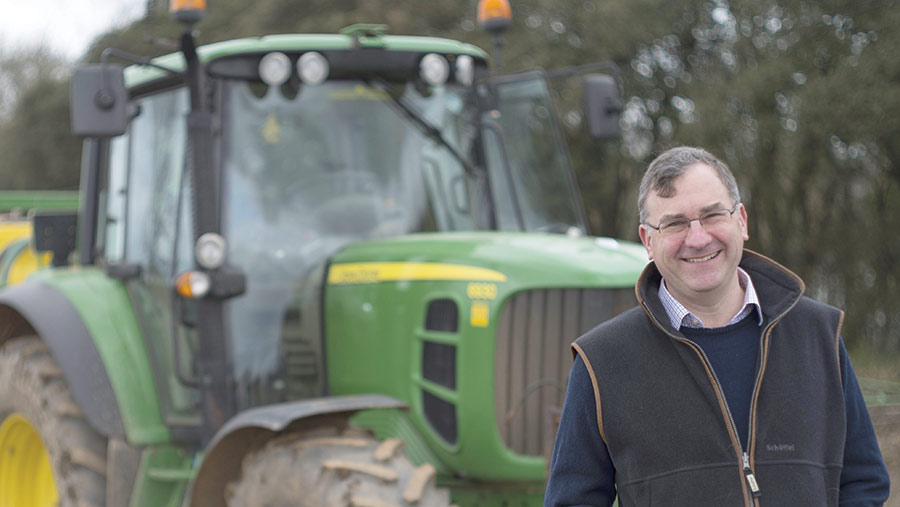Farmer Focus: New machine increases cultivation options
 © Jim Wileman
© Jim Wileman At the risk of boring readers in the East who are suffering from dry conditions, we, in the far South West, are continuing to suffer the effects of difficult weather.
This autumn has proved to be extremely testing with rarely more than two or three consecutive dry days.
The end result is that our potato harvest finished a month later than normal and there are still a few areas of drilling to complete.
See also: Read more from our Arable Farmer Focus writers
Ironically, on a twelve-month rolling average our rainfall level is about normal thanks to a dry spring. Interesting, but not that helpful when you have a large autumn workload.
I have been fortunate that with assistance from a contractor on our furthest block of land and some additional tractors and drivers we have managed to get three potato and onion harvesting teams out on some days.
This has resulted in some fairly rapid progress moving crop from field to store.
Changing cultivation
Because we are taking on some extra land this autumn, we decided to overhaul our cultivations system.
Previously, we have relied on a three-metre Sumo Trio as the main cultivator where we had opted for min till.
It did an excellent job and I like the concept of subsoiler legs followed by discs and a press roll. However, it struggled to keep ahead of the drill and it was difficult to keep enough subsoiling feet built up for it.
This season I have made a reasonably substantial investment in a bigger tractor and a Lemken Karat to go behind it.
Having looked at a number of cultivation principles, I felt that the Karat, with the option to work at a shallow depth with wide tines or greater depth with narrow tines, would give us the output we needed combined with the ability to change between the two modes of operation quickly.
It means we can chit stubbles and prepare ground for drilling with one machine.
There is, of course, a play off between depth of working and output, but I sometimes felt in the past we were working at a greater depth than was entirely necessary.
On balance, despite it being a difficult autumn in which to make an accurate assessment of the change, I feel that the investment has proved worthwhile. The proof, however, will come next harvest.
Jeremy Oatey manages 1,200ha of arable land near Plymouth in Cornwall and was 2013 Farmers Weekly Arable Farmer of the Year. Cropping includes wheat, barley, OSR, oats, beans, potatoes, onions, swedes and daffodils.
